Product Design
Why good enough is often not good enough
The Lousy Design of Everyday Things
(With apologies to Don Norman about the title.)
So many things we use everyday are poorly designed. They might work, but they have annoyances and could be better.
In many cases products are designed for looks, with function taking second place. (Style over substance.)
The classic example is “Norman Doors”, described by Don Norman in his book “The design of everyday things“, and with many examples through Internetsville.
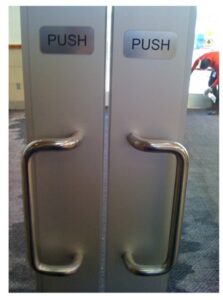
My brain sees a handle. I want grab it and pull on it. That’s what handles are for.
In his book, Don Norman describes the concept of “Affordances” – being things that help us work out what to do or how to use something.
Those doors you see with a flat plate? That plate is not there to stop grubby marks on the door. The plate is a hint to PUSH. The handle is a hint to PULL. That’s an Affordance.
A key point about Affordances is they need to be Discoverable. This is a point we’ll come back to.
In this sense, good design of products includes visual or other hints to help us figure out how to do something. Where that can’t be done the action or method to get an outcome needs to be something very obvious that’s commonly used everywhere.
But rather than just banging on about doors (geddit?) – other examples of poor design abound:

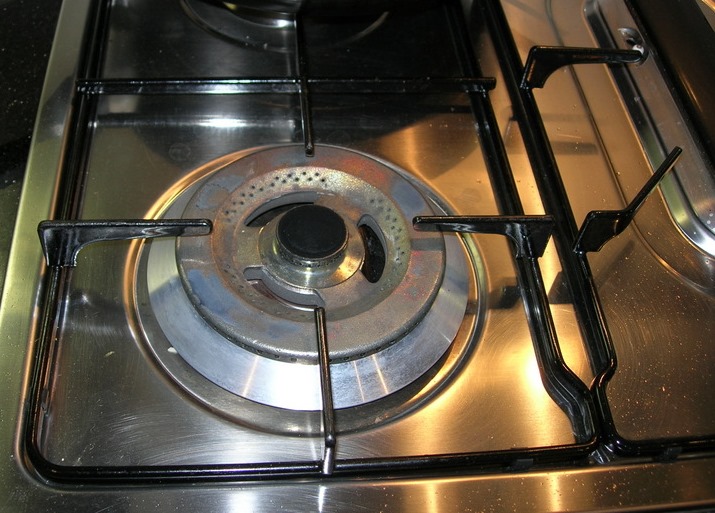
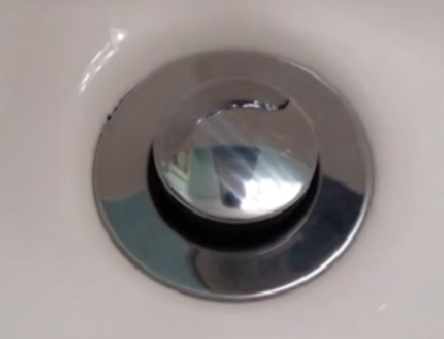
How about the beloved Flick Mixer tap? At the best of times, getting the temperature is difficult. But when they fail, they get sticky or leak. They look pretty. For an old fashioned tap, the maintenance cost is a few cents for a washer and the plumber call out fee. With the flick mixer, the typical maintenance cost is anywhere from $25 to $250, often needing a complete replacement, as well as the plumbers call out and an extended repair time.
How about mobile phones? Come with no instructions, fiddle around until you think you can use it. Then some kid does something and you go “what? how did you do that?”. Manufacturers don’t release updates. The modern ones have no replaceable batteries, the screens fade, flicker or die after 3-5 years. Every few years you are expected to simply throw them out and buy a replacement.
I’m sure you can think of more things that produce the daily frown: “Why were they so dumb when designing …”
The Lifetime of Products in a Building
Products that are built into a building are not consumer products:
- They are not rapidly disposed of or replaced;
- Repairs and maintenance have the expense of a callout for a skilled tradesman;
- There’s a reasonable expectation that they will last for many years; and
- Typical replacement is expected to be at a major refit, for both domestic and commercial buildings.
A reasonable expectation is that products built into the building fabric should have a trouble-free lifetime of at least 10 years, and preferably 15 years or more.
A major factor to consider in the installed service life of products is that of on-going maintenance: the cost of the person with the ladder can often be much higher than the cost of the product.
How we think about Product Design
At Ozuno we try to be aware of the shortcomings of common product designs. For this reason you will see many of our products are designed with three major factors in mind:
1. Make it quick and easy for the installer
Time really is money. A quick installation helps the installer get the job done and move on to the next task.
Where we can, we use big chunky terminals to allow a decent screw-down of wiring. Integral terminal covers mean there is no need to find and use a separate box or enclosure for electrical safety. If possible, transparent covers allow the wiring to be inspected without removing the covers.
Our products might not be the smallest, but we hope they are tough and the easiest to install and connect.
In software we try and find innovative ways to allow the installation and commissioning processes to be done quickly. After all, if you have to use a computer, it should be doing as much work for you as possible.
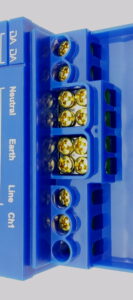
2. Design for long lifetime
Long lifetime means lower maintenance: so less callouts for repairs or replacements. Lower maintenance is lower cost, less disruption, and happier building owners.
We make electrical products, and these must comply not just with safety and other regulations, they also need to be designed for that long lifetime.
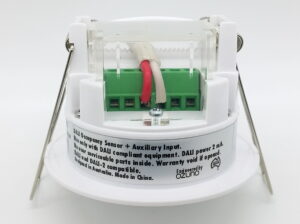
Designing for a long lifetime is difficult. Just some of the factors we take into account:
- Electrical disturbances – surviving over and under voltage & surges
- Load failures – surviving load short or open circuit on a dimmer
- Over temperature – preferably with graceful wind back so the product can protect itself
- Component ratings and reliability – don’t push components hard, because that is associated with reduced component life
- Interconnect – connectors and connections matter – use the right types of materials (usually the more expensive), and use robust methods of interconnect
- Bill of Materials – use only quality components, control the bill of materials so that changes are only permitted after careful checking
- Tolerant of mistakes – an input that is not supposed to be connected to mains power will be, at some point, so make sure that this does not let out the magic smoke
- In software – try and ensure that any maintenance tasks are as quick and simple as possible
- In firmware – everything is supported, essentially forever, with source code and build tools maintained continually since the very first product was released, and everything supports firmware update.
These approaches to product design, for both installation and lifetime are not fool proof. Like everyone else, sometimes we can do better. We always listen to customer comment about products, so we can do better next time.
3. Usability
We try and consider product design from a user point of view:
- If I push and hold a button – what do you expect to happen?
- Does double-click really make sense to set a scene, or fade a light?
- Does rotation clockwise cause dim up or dim down?
- If two buttons are placed alongside one another, which should be dim up and which should be dim down?
- If a time delay is active, how is that shown?
The ideas of Affordances and Discoverability are important in all the above. A couple of simple principles usually apply:
- Just because you can do something does not mean you should. After all, there are no training courses for using a building lighting system (and nor should there be!).
- What might be obvious to a technical person is probably not obvious to someone else.
Often a few simple tests can be useful:
- Does the button / dial / knob need a label to say what it does. If so, perhaps it’s not discoverable, and therefore is too complicated.
- No surprises: does the operation have an equivalent in some other field? If so, do similar. For example, audio systems have a volume control where clockwise rotation is louder (more). So there is a natural expectation that a dial on a lighting system would see clockwise rotation causing brighter (more).
In our software, usability is more a factor for installers and those who commission our systems. Nevertheless – it is not reasonable to assume everyone using the software has been on a training course, nor is it reasonable to assume a user will read any help or training material. The software needs to be simple to use with obvious consequences.
Make it look Simple
Good product design is hard work. A huge amount of time, discussion and argument goes into making things work well. This is difficult and time consuming.
If done properly, the result should be a product that is easy to use, easy to install, and lasts a long time.
Head Office
Policies
Subscribe
Sign up to keep up to date on our latest product and software developments.
